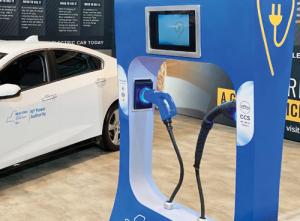Time to Act is Now
Erika Myers is the principal of transportation electrification for SEPA. Erika has worked in the EV industry for over a decade and specializes in the nexus among EVs, clean energy, and electric utilities.
With estimates of more than twenty million electric vehicles (EVs) expected on the road in the U.S. by 2030, EVs represent the most significant new electric load since the rise of air conditioning in the 1950s.

The impact of these EVs on the grid will be significant. Today, many stakeholders, including electric utilities, regulatory commissions, consumer advocates, environmental organizations, and others strongly contend that the electric vehicle future must include some form of managed charging in order to reap the maximum benefits for consumers, the grid, and society as a whole. Despite this symphony of support, much needs to be done to make this vision a reality.
According to the Smart Electric Power Alliance report titled, A Comprehensive Guide to Electric Vehicle Managed Charging, managed charging happens in two ways - indirect and direct load control. Indirect load control, which is also known as passive or behavioral load control, relies on modifying customer behavior to affect charging patterns. For example, EV time-of-use rates provide predetermined price signals to influence when customers choose to charge their vehicles. Another example could involve notifying users and requesting a certain behavior without providing an incentive.

